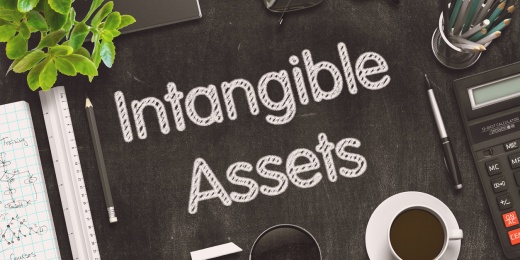Intangible Assets and their impact on valuations Part 3 The Difficulties with Valuing Intangible Assets.
Share

This is the third in a series of articles on intangible assets, and their treatment and impact on valuations.
In my last two articles, I have established, what intangible assets are and set out why (mostly but not always) these require being owned by a profitable company to have any value.
Today I want to set out the difficulties with valuing intangible assets and explain why valuations of intangible assets occur relatively infrequently, especially in the SME space.
To illustrate the difficulties I am going to talk about branding, I chose branding for two reasons:
- It is the first intangible asset most people think of (usually a stylised tick or a big yellow M); and
- I once offended an owner of a branding consultancy firm by stating to a room full of people that one area a business thinks it has value but it usually doesn’t, is in its brand, and I feel like I need to properly explain myself.
So as an illustrative example lets’ assume that we want to value the brand of a small franchise of themed burger restaurants (lets call them Supa Burga).
Let’s assume that Supa Burga operates in half a dozen locations in some of the trendier parts of Melbourne, and is profitable enough that an earnings-based valuation of the business (with a multiple of 2.00) shows that the company has goodwill of $200,000.
The owner tells me that the reason for Supa Burga’s success is its brand and he believes that this should be worth $200,000.

In doing so the owner has assumed that all of the success of the business is down to its brand.
However, one of the locations was opened in an up and coming suburb before it recently experienced rapid gentrification. As a result, the location is paying about $50,000 a year less in rent than the current market rate.
Because of this, the company is making an additional profit of $50,000 per year due to the lease, this would account for $100,000 of the goodwill in the business ($50,000 p.a. saving multiplied by the multiple of 2). Further, depending on how many years the lease had to run before a market review the lease might have an even higher value.
This may be expressed as follows, wheras column A represents the current market rent and column B represents the market adjusted rent:

Therefore the maximum value that the branding could have is $100,000 (before any other intangibles are considered).





